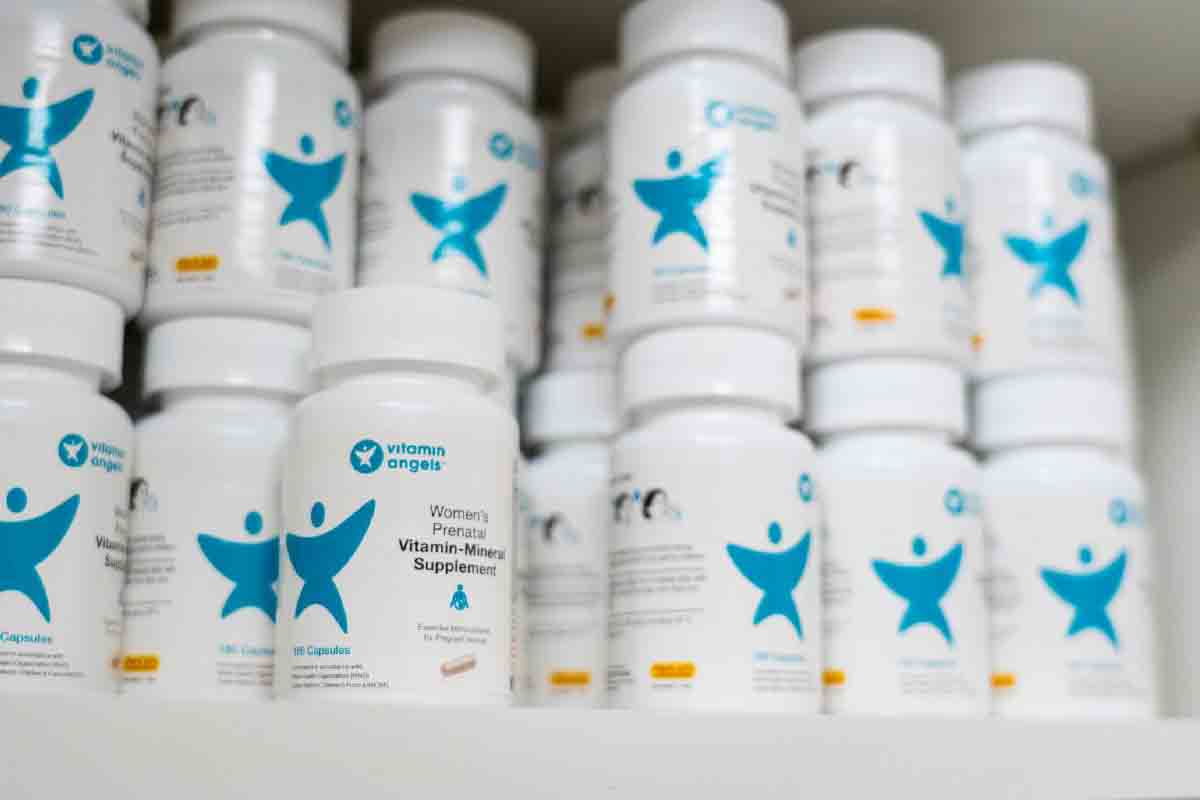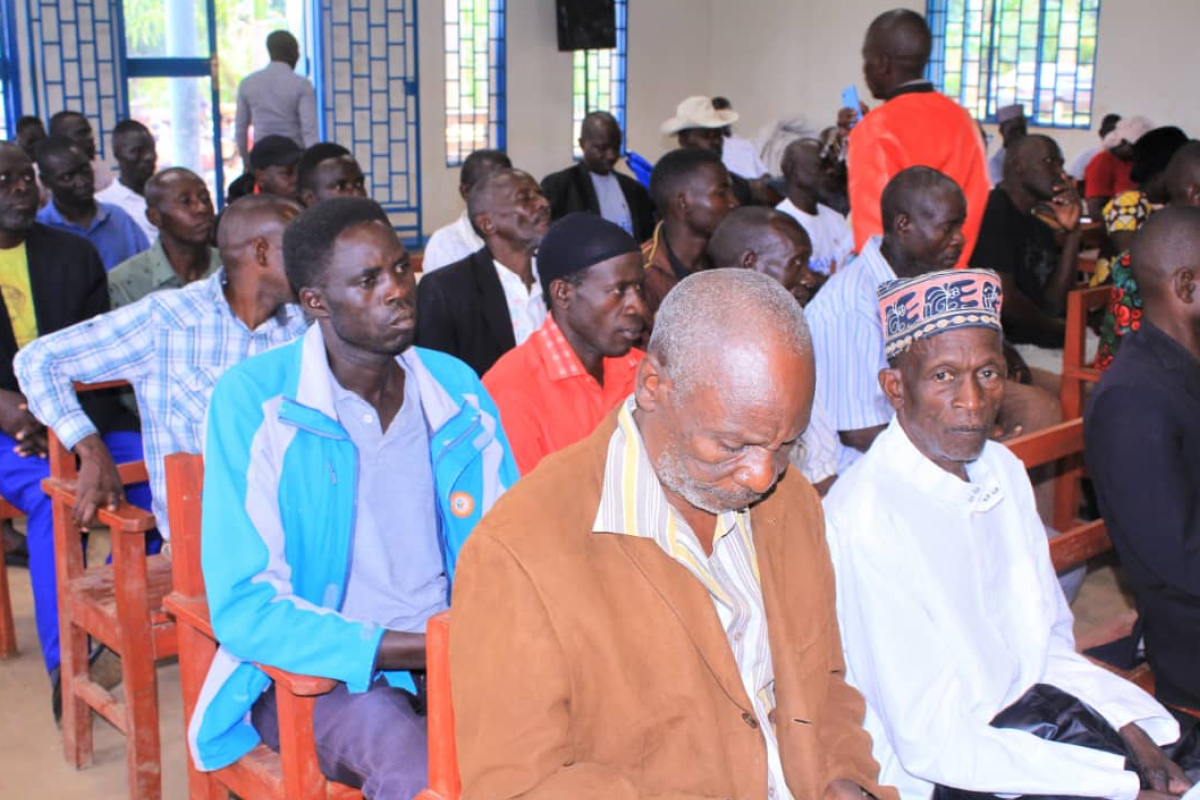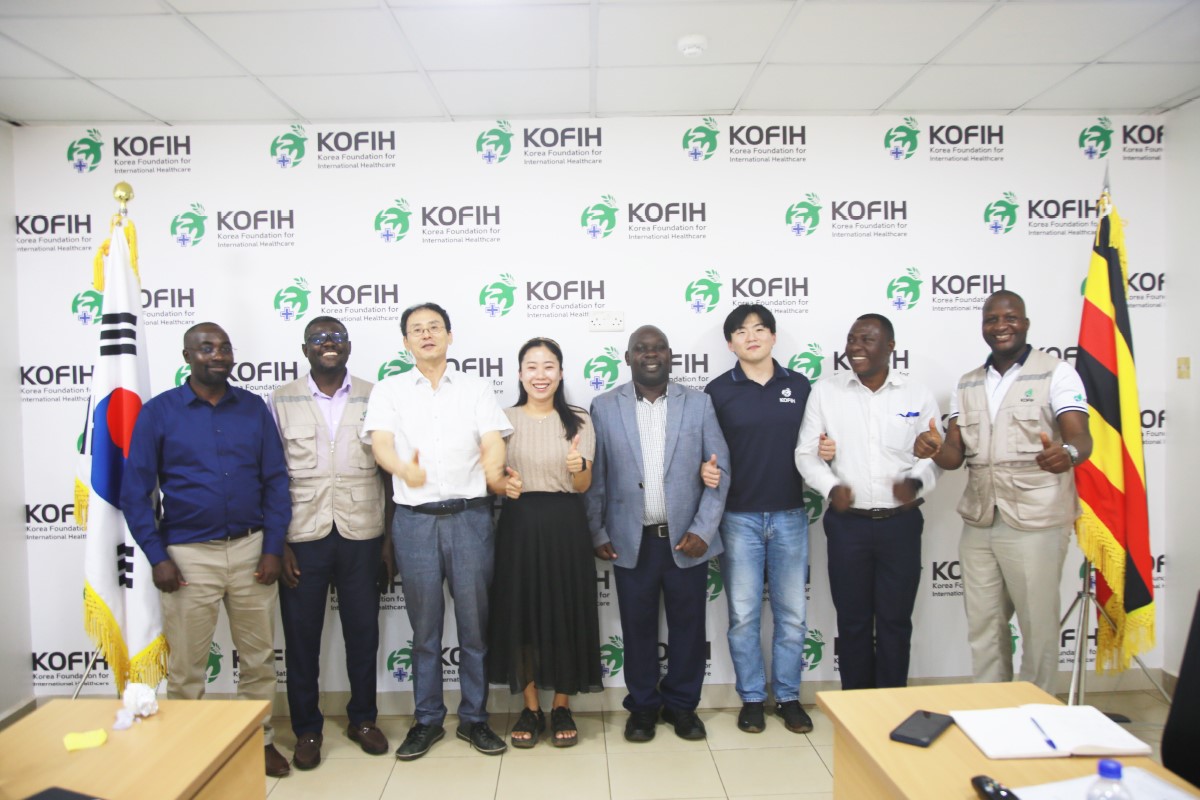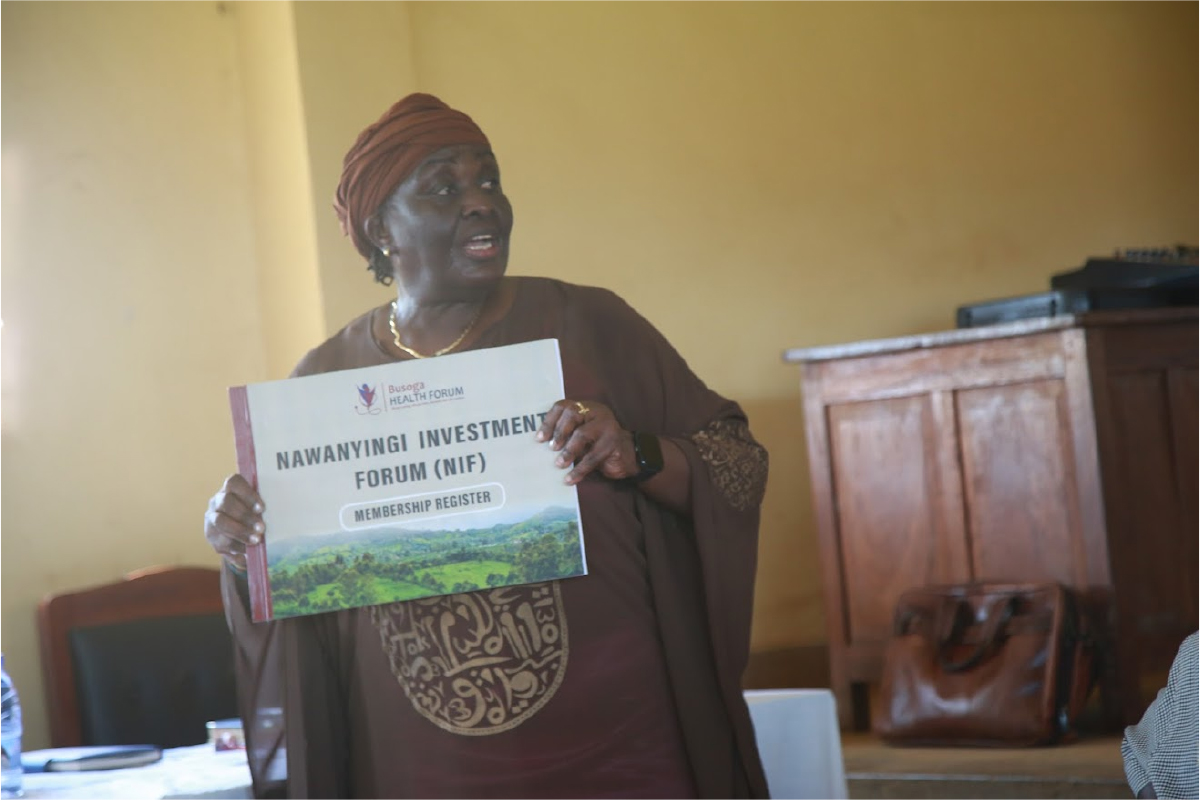Published By BHF | March 30, 2022
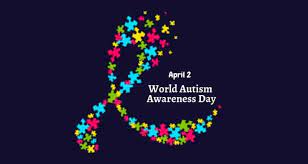
By Elizabeth Namara
It is believed that the early identification of Autism Spectrum Disorder (ASD) and swift intervention are significant in influencing positive changes among the individuals, families, communities, and the world in general.
The phrase “autism spectrum disorder” means a group of features associated with autism.
The United Nations defines an autistic Spectrum disorder as “a long-term brain illness manifested by a person’s unusual proclivity for social dialogue and collaboration, as well as a variety of unusual cognitive and concentration patterns.”
Prior to World Autism Awareness Day, which is to be celebrated globally on the 2nd of April,2022, Busoga Health Forum addressed the topic in one of the weekly Continuing Medical Education (CME) webinars. The guest speaker for the webinar was Professor Catherine Abbo, a Psychiatrist and Lecturer at the College of Health Sciences at Makerere University.
The purpose of World Autism Day is to raise awareness of autism, encourage international support and inspire individuals to raise awareness.
According to the Autism and Development Disabilities Monitoring Network, autism prevalence increased to 178 percent since 2000.
According to the Uganda 2014 Census which is the most recent census, the national ASD prevalence rate was 70/10,000 persons at a population of 34,900,000. The Eastern region prevalence rate was estimated at 101,334 autistic population.
Prof. Abbo noted that there is no single known cause of ASD: “However, the current understanding is a combination of genes (basic physical and functional unit of heredity) that increases the risk that a child will develop ASD.”
Often children show symptoms of autism within the first year. A small number of children appear to develop normally in the first year, and then go through a period of regression between 18 and 24 months of age when they develop autism symptoms.
The genetic risk factors include runs in families, changes in certain genes increase the risk of a child developing ASD, if a parent carries it, it may be passed on to the child even if the parent has no ASD, and other times it arises spontaneously in early embryo development.
On the other hand, there are environmental risk factors which include advanced age, pregnancy, and birth complications, prematurity less than 26 weeks, low birth weight, multiple pregnancies, pregnancies spaced less than 1 year apart, and medication such as sodium valproate.
The Diagnostic Statistical Manual of Mental Disorders (DSM-5) criteria for autism spectrum disorder currently or by history indicates persistent deficits in social communication and social interaction across contexts, not accounted for by general developmental delays, repetitive patterns of behavior interests or activities, symptoms that must be present in the early childhood (but may not become fully manifest until social demand exceed limited capacities), and symptoms that together limit and impair everyday functioning.
Prof. Abbo suggested that intensive early treatment can make a big difference in the lives of many children even though there is no clear cure.
She also urged parents to desist from minimizing their children’s concerns by for instance saying “He is just slow” or “you are too soft on him” and the likes of these.
“The interventions must arise from whatever deficits may have been identified,” Dr. Abbo emphasized.
These deficits include social communication deficits such as no response to speech and no initiation of speech, Non-verbal communication deficits such as facial expression, gesture, posture, and eye contact, and developing and maintaining relationships deficits such as lack of interest in peers and peer interaction difficulties.
Dr. Abbo also actuated the importance of effective treatment which involves carrying out an appropriate assessment to identify needs, an individualized intervention plan and not size fits all, understanding of brain development and interventions.
Dr. Abbo called upon participants in the webinar to carry out Applied Behavioral Analysis (ABA) therapy with children aged between 15 months to 6 years diagnosed with autism spectrum disorder school-based services such as behavioral services, small group interactions, speech and language therapy, and family support.
According to the Center for Disease Control and Prevention (CDC), about 1 percent of the world’s population has an autism spectrum disorder.
For 2021 and 2022, the UN decided on “Inclusion in the Workplace, Challenges, and Opportunities in a Post-pandemic World” as the theme for World Autism Acceptance Day 2022.

